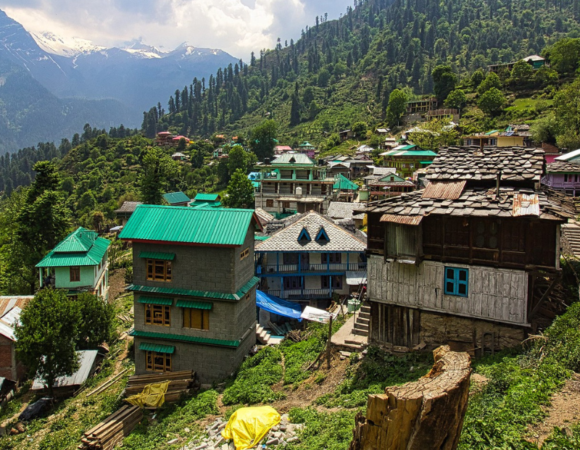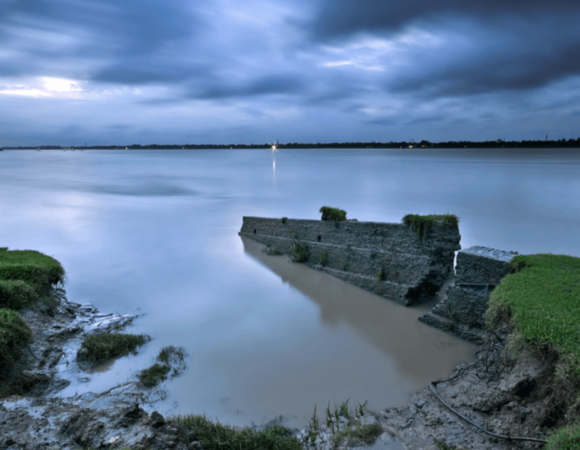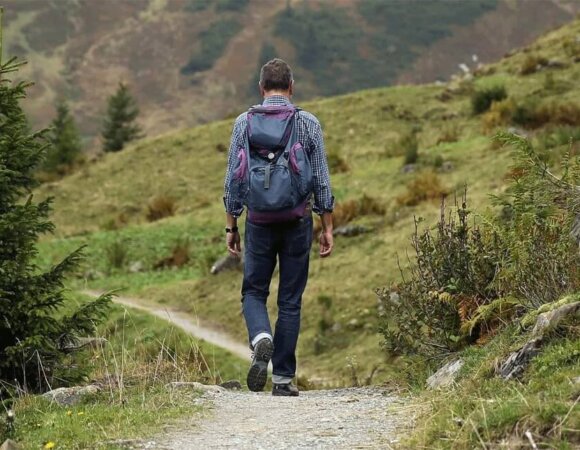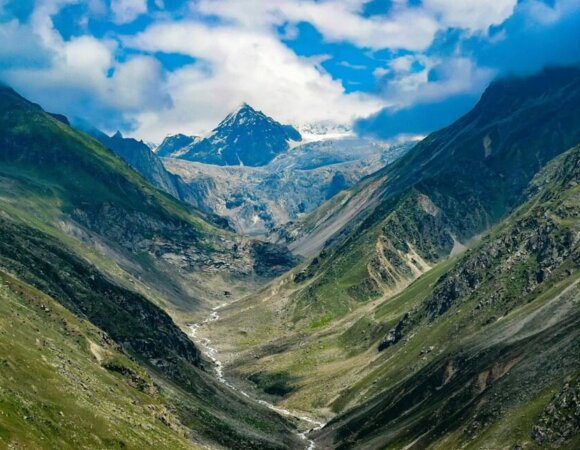Nature’s Call: The Ultimate Guide For Toilets On Trek
Table of Contents
ToggleExperience unprecedented convenience during your trekking adventures with Toilets On Trek. Say goodbye to inconvenient bathroom breaks in the wilderness and embrace the luxury of portable toilets designed specifically for outdoor enthusiasts. Our innovative solutions combine comfort, portability, and environmental responsibility. With durable construction and user-friendly features, our portable toilets ensure a hygienic and comfortable experience wherever your journey takes you.

Leave no trace and minimize your environmental impact with our eco-friendly waste disposal systems. Enjoy the freedom to explore the great outdoors while maintaining the comforts of modern sanitation. With Toilets On Trek, nature calls, and we answer with convenience and sustainability.
When preparing for a trek, packing the right toiletries is essential for a comfortable and hygienic journey. Proper hygiene and sanitation are crucial in preventing illnesses and maintaining good health, especially in outdoor environments where facilities may be limited. In this article, we will discuss the essential toiletries to pack for a trek and how to use them effectively.
Things To Carry For Toiletries On Trek
Soap:
Soap is essential for personal hygiene and handwashing. A bar of soap is a good option for trekking as it is lightweight and does not spill like liquid soap. Look for a soap that is biodegradable and eco-friendly to minimize environmental impact. Pack a small plastic container to store the soap and prevent it from getting wet.
Hand Sanitizer:
When soap and water are not available, hand sanitizer is a good alternative to keep your hands clean and prevent the spread of germs. Choose a hand sanitizer with at least 60% alcohol content and pack a small bottle that is easy to access.
Toothbrush and Toothpaste:
Dental hygiene is important, even on a trek. Pack a small toothbrush and toothpaste in a travel-sized container. Remember to brush your teeth twice a day, preferably after meals.
Toilet Paper:
In many outdoor environments, toilet paper is not provided, and it is essential to bring your own. Pack enough toilet paper for the duration of your trek and store it in a waterproof bag to prevent it from getting wet.
Wet Wipes:
Wet wipes are useful for cleaning your face and refreshing yourself during the day. They can also be used as a substitute for a shower in situations where water is limited.
Sunscreen:
Protection from the sun is essential, even on cloudy days. Choose a sunscreen with at least SPF 30 and pack a small tube to apply to exposed skin before heading out for the day.
Insect Repellent:
Insect bites can be painful and carry the risk of disease transmission. Apply insect repellent to exposed skin before heading out for the day, especially during dawn and dusk when insects are most active.
Lip Balm/Cold Cream:
The dry air and wind on a trek can cause chapped lips. Pack a lip balm with SPF protection to keep your lips hydrated and protected from the sun.
Sanitary Products:
Menstrual hygiene is essential for female trekkers. Pack enough sanitary products for the duration of your trek, and store them in a waterproof bag. If using tampons, bring a disposal bag to avoid littering.
Towel:
A small, lightweight, and quick-drying towel is essential for personal hygiene and bathing. Look for a microfiber towel that can absorb water quickly and be wrung out easily.
In conclusion, packing the right toiletries is crucial for a comfortable and hygienic trek. Remember to pack light and minimize waste by choosing eco-friendly products and packing them in reusable containers. With proper hygiene and sanitation practices, you can enjoy your trek without worrying about illnesses or discomfort.
Types of Toilets On Trek

When going on a trek, toilet facilities may be limited, and it is essential to be prepared to maintain good hygiene and minimize environmental impact. Here are some options for managing your toilet needs on a trek.
Use Designated Toilets:
In some trekking areas, there may be designated toilets available for trekkers. These may be basic pit latrines or composting toilets. Use these facilities whenever possible to minimize environmental impact.
Dig a Hole:
In areas where there are no designated toilets, it is necessary to dig a hole. Choose a spot that is at least 200 feet away from any water sources or campsites. Dig a hole that is at least 6 inches deep, and after use, cover the hole with dirt and vegetation.
Pack Out Your Waste:
In some sensitive areas, packing out your waste is necessary to minimize environmental impact. Use a sealable, waterproof bag to store your waste, and pack it out with you until you can properly dispose of it.
Bring A Portable Toilet:
For larger groups or extended treks, bringing a portable toilet may be a viable option. Portable toilets are available in various sizes and types, from basic bucket-style to more advanced designs with waste disposal systems. Remember to dispose of waste properly according to local regulations.
Practice Good Hygiene:
Regardless of the toilet option, it is essential to practice good hygiene to prevent the spread of germs and minimize environmental impact. Bring soap and water, or hand sanitizer to clean your hands after using the toilet, and dispose of used toilet paper properly.
Respect Cultural Practices:
In some areas, cultural practices may dictate toilet usage. For example, in some places, it is customary to use a squat toilet or a particular area for defecation. Be respectful of local customs and follow guidelines provided by local guides or authorities.
In conclusion, managing toilet needs on a trek requires careful planning and consideration of the environment and local customs. By following best practices and being respectful of the environment and local customs, you can minimize environmental impact and enjoy a more comfortable and hygienic trek.
Composting Toilets
Composting toilets are a type of eco-friendly toilet that uses natural processes to turn human waste into compost. These toilets can be used in various settings, including outdoor environments such as campsites, cabins, and RVs. Here’s how composting toilets work and why they are beneficial.

Composting toilets consist of a chamber or container that separates urine and solid waste. The urine is diverted to a separate container and can be used as fertilizer for plants, while the solid waste is mixed with organic material such as sawdust or peat moss to promote composting. The mixture is then left to decompose, breaking down into a nutrient-rich compost that can be used to fertilize plants.
Read more: Beas Kund Trek
Here are some benefits of using composting toilets:
- Environmentally Friendly: Composting toilets do not require water, electricity, or sewage systems, making them a more environmentally friendly option than traditional toilets. They also reduce water usage, which is especially important in areas with limited water supply.
- Cost-Effective: Composting toilets are a cost-effective alternative to traditional toilets, as they do not require plumbing or electricity. They also produce compost that can be used to fertilize plants, reducing the need for chemical fertilizers.
- Easy To Maintain: Composting toilets are easy to maintain, requiring only occasional emptying of the compost bin and adding of organic material.
- Reduce Waste: Composting toilets reduce waste by turning human waste into compost. This reduces the amount of waste that goes into landfills and promotes a more sustainable way of living.
- Can Be Used In Remote Locations: Composting toilets can be used in remote locations where traditional plumbing is not available, such as campsites and cabins.

However, there are also some challenges associated with composting toilets. Here are a few to consider:
- Requires Proper Maintenance: Composting toilets require proper maintenance to ensure they are working effectively. The compost bin needs to be emptied regularly, and the toilet needs to be cleaned to prevent odor.
- Requires Proper Setup: Composting toilets need to be set up correctly to work effectively. The toilet needs to be installed in a well-ventilated area and positioned correctly to ensure proper separation of urine and solid waste.
- Not Suitable For All Settings: Composting toilets may not be suitable for all settings, such as areas with high water tables or areas with limited space.
In conclusion, composting toilets are a sustainable and eco-friendly option for managing toilet needs in various settings. While they require proper maintenance and setup, they offer significant benefits in reducing waste, saving water, and promoting sustainable living.
Pit Latrines

Pit latrines are a type of toilet commonly used in outdoor environments such as campsites, parks, and rural areas. They consist of a deep hole dug into the ground, with a seat or squatting platform placed over it. Here’s what you need to know about pit latrines:
- How They Work: Pit latrines work by allowing human waste to collect in the pit, where it decomposes over time. The waste is broken down by bacteria and other organisms in the soil, which convert it into fertilizer. The pit needs to be periodically emptied, and the waste disposed of in a sanitary manner.
- Advantages: Pit latrines are relatively easy and inexpensive to construct and maintain. They do not require electricity or water, making them a practical option in areas with limited resources. They also help to prevent the spread of diseases by providing a designated area for waste disposal.
- Disadvantages: Pit latrines can become unsanitary and pose a health risk if not properly maintained. They can also attract flies and other insects, which can spread disease. Additionally, the pit can fill up quickly, requiring frequent emptying and disposal of waste.
- Maintenance: Proper maintenance of pit latrines is essential to prevent health risks and ensure they continue to function effectively. The pit should be periodically emptied and cleaned, and the seat or squatting platform should be regularly sanitized. The area surrounding the latrine should also be kept clean and free of debris.
- Environmental Impact: Pit latrines can have a significant environmental impact if not properly maintained. The waste can contaminate groundwater and soil, polluting the environment and posing a health risk to nearby communities. Therefore, it is essential to locate pit latrines away from water sources and to dispose of waste properly.
Pit latrines are a practical and cost-effective option for managing toilet needs in outdoor environments. However, they require proper maintenance and disposal of waste to prevent health risks and environmental damage.
Final Thoughts For Toilets On Trek
In conclusion, “Toilets On Trek” stands as your go-to resource for all things related to portable toilets and sanitation solutions for outdoor adventures. With our comprehensive guide, expert advice, and product reviews, we have empowered you to navigate the challenges of maintaining hygiene in the wilderness. From camping trips to hiking expeditions, we have provided valuable insights to help you stay prepared, comfortable, and environmentally conscious. Trust in “Toilets On Trek” to enhance your outdoor experiences and ensure that nature’s call doesn’t hinder your exploration of the great outdoors.
Frequently Asked Questions for Toilets On Trek
What type of toilet facilities are available on a trek?
The type of toilet facilities available on a trek varies depending on the location and terrain. Some treks may have permanent toilet facilities, while others may have temporary or makeshift toilets such as pit latrines, composting toilets, or portable toilets.
Can I use toilet paper on a trek?
Yes, you can use toilet paper on a trek. However, it is important to dispose of the toilet paper properly, as it can take a long time to decompose in natural environments. Consider packing a small sealable bag to store used toilet paper and carry it with you until you can dispose of it properly.
Can I bury my waste on a trek?
No, it is not recommended to bury your waste on a trek, as it can contaminate the environment and harm local ecosystems. Instead, use designated toilet facilities or portable toilets and follow proper waste disposal procedures.
What should I do if there are no toilet facilities available on my trek?
If there are no toilet facilities available, you can use a portable toilet or create a makeshift toilet using a trowel or shovel to dig a hole at least 200 feet away from water sources, campsites, and trails. After use, cover the hole with soil and pack out any used toilet paper or hygiene products.
How can I maintain hygiene while using toilet facilities on a trek?
To maintain hygiene while using toilet facilities on a trek, wash your hands thoroughly with soap and water or use hand sanitizer after using the toilet. Consider packing wet wipes or hand sanitizer for added hygiene.
Can I use soap in natural water sources to wash my hands?
No, it is not recommended to use soap in natural water sources, as it can harm aquatic life and contaminate the water. Instead, use biodegradable soap at least 200 feet away from water sources, and always carry out any waste or soap products with you.






